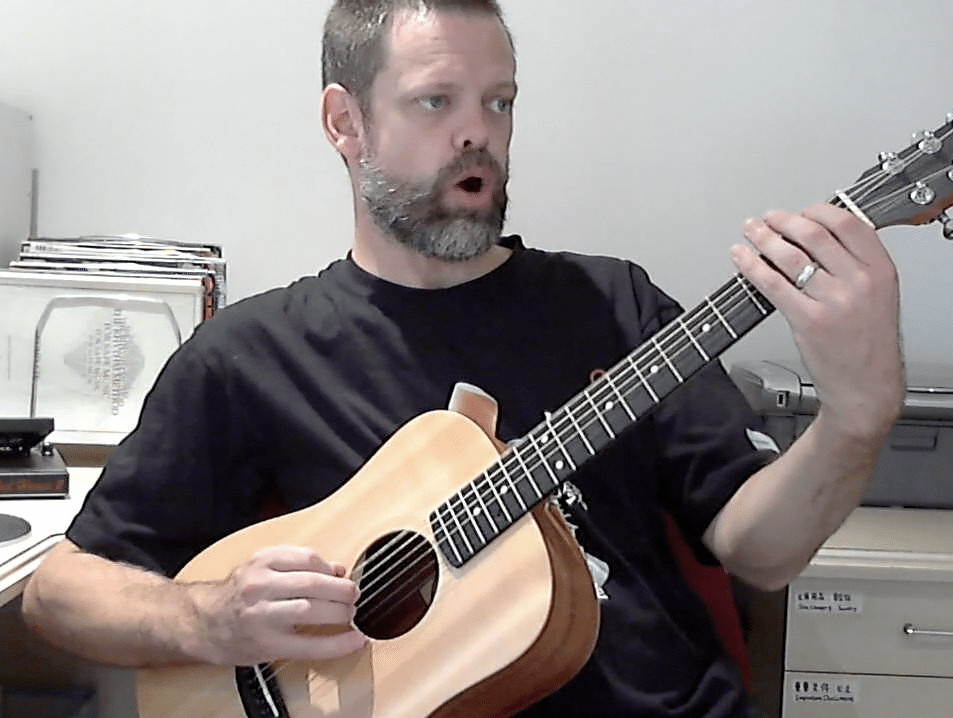Playing by ear is one of the key musical abilities which ear training can unlock, and Brad Mavin is a music teacher who really understands how to teach it in a practical, relatable way. He’s sharing his approach with a new video series “Learn to play by ear” which we continue today with Episode 2: Reproducing Sounds.
(Missed Episode 1? Catch up here)
This series will teach you:
- How Brad approaches music
- The specific, practical things he did to develop his ear
- How to use your voice to help you play your instrument
- Exercises and games you can use with everyday music to improve your ability to play by ear
- Working out types of chord and chord progressions by ear
- The power of the cycle of fifths
This time around, Brad covers how to extend the basic “note-finding” practice from Episode 1 to singing back intervals, and starting to build up to phrases: playing then singing, and singing then playing.
He covers several techniques you can use to build up the instinctive connection between your inner voice and your instrument.
We’re going to expand on that simple idea we had in the first video, of playing a note and singing it back. So now we’re going to play some phrases and sing them back, and then even build on those phrases and sing that back. This is good for your memory, and for hearing the phrase and knowing you are hearing that phrase.
In this episode you’ll learn:
- How to build on the Episode 1 exercise of singing back notes and note finding.
- How to connect your singing voice to your fingers and instrument
- Building up from simple tasks to complex playing by ear
- A handy interval-based exercise to tune in your ear
- Learning the ‘chromatic alphabet’: name those notes!
So, watch the video and give these exercises a try. Sing, play and spell the notes on your instrument, and start building that mental connection which is vital to playing by ear.
And remember: we’re here to help, so any questions – just leave a comment below.








